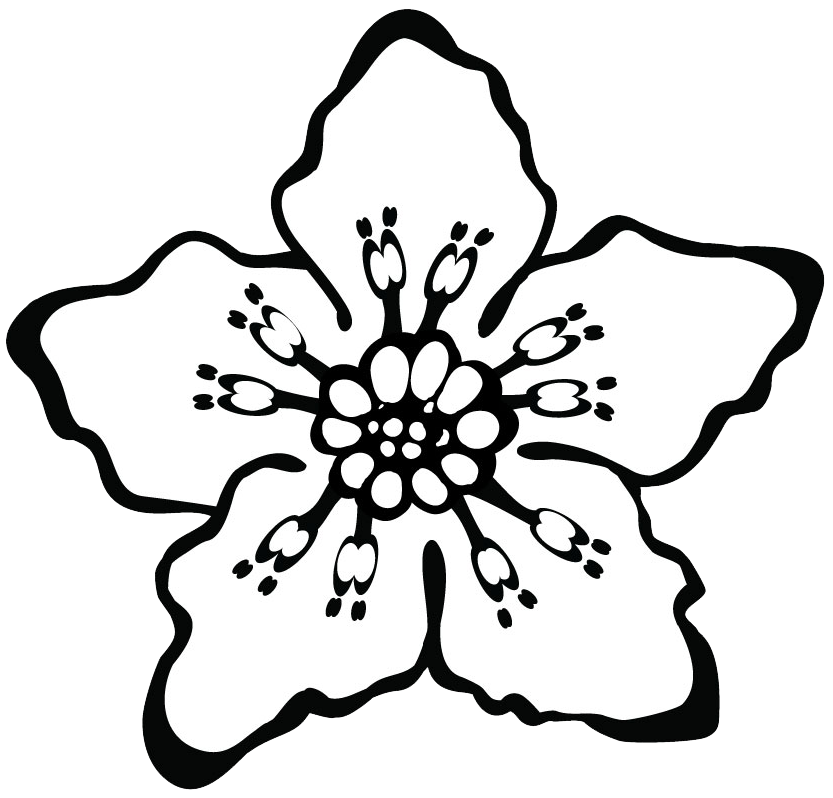A while ago I made a step by step “tutorial” of how to prepare a screen for screen printing. If you missed it, or want a reminder, you can see that post here.
Today I am showing you how to make a print with a prepared screen!
Preparation:
First of all you have to have the colour.. which you get by mixing screenprinting colours with different kind of binders. Transparent binders allow the colour to go into the fabric and is suitable for printing colours onto light fabrics. If you are printing on a dark fabric you need an opaque binder, which will make the colour stick on top of the fabric (think T-shirt prints). That type of prints changes the properties of the fabric a bit and is best suited for furnishing or T-shirts, and not so much all over prints on a fashion fabric. I usually use a transparent binder, and if I’m using a light colour I might mix in just a tiny bit of opaque binder to make sure the colour will come through, but without making the print too stiff.
You should also tape off the sides on the screen that are not covered with emulsion so the colour won’t come through where you don’t want it to!
Now, on to the actual priniting!
1. Pin your fabric to the surface you are working on. Make sure you’ve pinned it evenly and that it sits flat and is pinned with enough pins not to move or get pulled up when you lift off the screen.
2. Place the screen on top of the fabric, aligning it so you get the print placed the way you wan it, and secure with something heavy, like the two bricks here, so the screen won’t move and mess up your print. Put the colour paste on the emulsion, or tape, above the area of the screen you will be printing on.
3. Grab a squeegee, make sure it’s a suitable size, too small is obviously bad, but too big is also bad as the squeegee sticks a bit to the areas on the screen that don’t have the colour paste, which means you risk moving the screen out of position when you pull the squeegee. You should hold on with two hands (I have only one here as I’m taking the picture…). Make sure the colour paste is evenly spread by the base of the squeegee and pull the squeegee at about 45% angle, with a firm and even pressure all the way in one smooth movement to the end of your design.
4. lift up the sqeegee and scrape off any excess colour paste into your colour pot, you don’t want to waste this stuff!
5. Carefully lift off the screen
6. Admire your print! Hopefully you won’t discover any annoying smudges or other mistakes.
(7. If you’re not using the screen again immediately then go and wash off the colour right away as it will take a long time to get it out if you let it sit for just a little while. It’s important to get the colour out as it can block the weave of the screen and ruin any following prints you want to do.
Now, I’m not particularly pleased with this one, but there you go, you just have to try different colours on different fabrics to see what you like and want to move forwards with.
You can obviously do several screen prints on top of each other, as long as you make each layer dry before applying a new one. If you do that I advice that you keep the fabric pinned down, as re-pinning it at the exact same tightness to make the prints line up can be quite tedious work. If you take a look at my screen in the photo I also have a “negative” of the grasshoppers, so I can screen print the background colour onto a fabric as well, completely re-colouring the fabric I’m using.
Hope you liked this!
I’ll post some pictures of some of my other prints soon 

